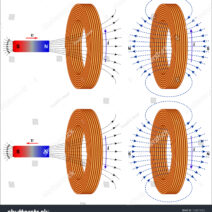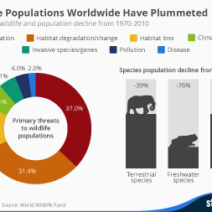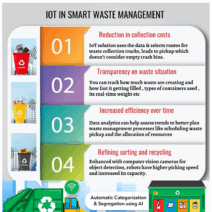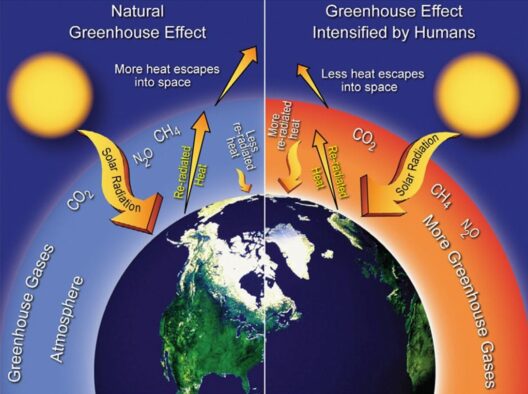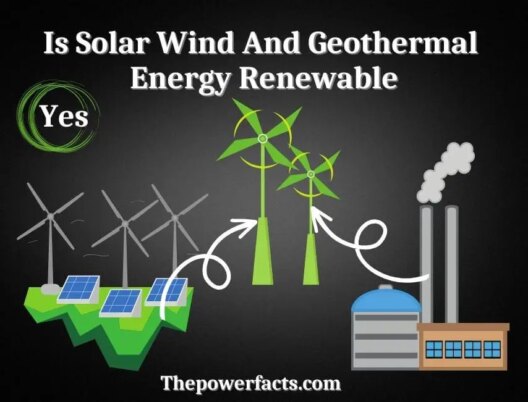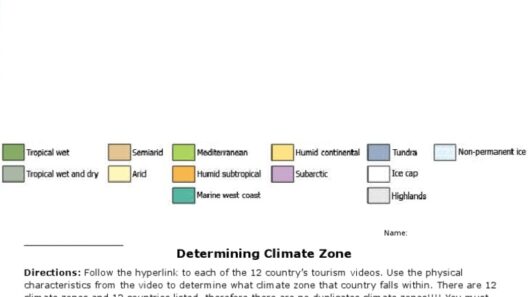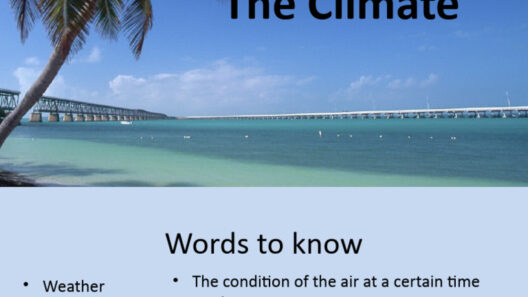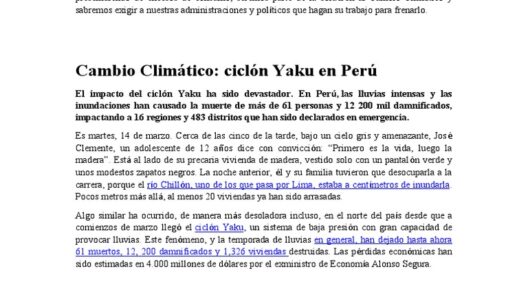Understanding the distinction between weather and climate is essential in unfolding the intricate tapestry of our Earth’s atmospheric patterns. Many individuals conflate these two terms, leading to misunderstandings that can have significant implications for environmental policy and personal actions in combatting climate change.
At its core, weather encapsulates the atmospheric conditions at a particular moment in a specific location. It is transitory, fluctuating by the hour and often by the minute. In contrast, climate refers to the long-term averages and trends of atmospheric conditions over extended periods—typically decades or centuries. This article aims to explore these differences in depth, clarifying terminology, presenting data, and addressing key buyer concerns surrounding climate-related products and policies.
Defining Weather: The Short-Term Spectrum
Weather encompasses a myriad of atmospheric phenomena such as temperature, humidity, precipitation, wind speed, and atmospheric pressure. These factors are combined to describe what is happening in the atmosphere at any given time. For example, on a cold winter day, one might experience snow showers and brisk winds. This weather observation is fleeting; the conditions can change dramatically within moments.
The immediacy of weather plays a crucial role in various sectors. Farmers depend on accurate forecasts to make timely decisions regarding planting and harvesting. Similarly, airport operations rely heavily on weather patterns to ensure safe takeoffs and landings. Moreover, weather events such as storms and heatwaves can pose immediate dangers to life and property, necessitating urgent responses.
In recent years, advances in meteorology have improved our ability to predict weather, yet it remains inherently unpredictable due to its complex interactions. The way atmospheric pressure systems, warm and cold fronts, and local geographical features influence weather patterns can sometimes defy logical forecasting. This unpredictability makes awareness of daily weather integral to planning and preparedness.
The Essence of Climate: Patterns Over Time
In stark contrast, climate is a macro concept that emphasizes long-term environmental patterns. Scientists analyze historical data—often spanning several decades—to discern trends in temperature, precipitation, and seasonal dynamics. For example, the climate of a region may indicate that summers are generally hot and dry, while winters are cold and wet. Such knowledge is pivotal in developing agricultural practices, urban planning, and infrastructure resilience.
Climate varies immensely across the globe. For instance, the tropical climate near the equator experiences consistent warmth and humidity throughout the year, while polar regions endure extreme cold with prolonged periods of ice. These climatic conditions affect biodiversity, influencing flora and fauna to adapt or migrate over time.
Additionally, climate is not static. It evolves due to natural processes such as volcanic eruptions and solar radiation variations. However, human activities—specifically greenhouse gas emissions—have exacerbated changes in climate, leading to phenomena like global warming. These shifts necessitate urgent action, as they can drastically impact ecosystems, economies, and overall planetary health.
Weather vs. Climate: Key Differences
To further distill the differences between weather and climate, consider these pivotal aspects:
– **Time Frame:** Weather is short-term (minutes to days), while climate is long-term (years to centuries). This distinction is vital for understanding projections and planning for future changes.
– **Scope of Impact:** Weather can affect daily activities and immediate decisions, but climate change influences strategies for sustainability and long-term resource management.
– **Predictability:** Weather forecasts are probabilistic, subject to rapid change. Climate predictions, based on extensive data analysis, offer a more stable foundation for understanding potential future changes.
Addressing Buyer Concerns in Climate-Responsive Actions
One primary concern is the efficacy of “green” products. Consumers often question whether eco-friendly alternatives truly deliver on their sustainability promises or whether they are merely marketing ploys. Transparency in labeling, coupled with rigorous scientific validation, can help alleviate these uncertainties. By prioritizing brands that transparently demonstrate their environmental impact reduction, individuals can harness their purchasing power for positive change.
Furthermore, as communities strive for climate resilience, understanding the distinction between weather and climate is crucial. Such knowledge enables consumers to advocate for policies that address the root causes of climate change, pushing for renewable energy solutions and sustainable agricultural practices. Supporting initiatives that contribute to long-term climatic stability rather than short-lived weather fixes empowers individuals to play a role in crafting a sustainable future.
Conclusion: Increasing Awareness for a Sustainable Tomorrow
Ultimately, grasping the difference between weather and climate is imperative in navigating the multi-faceted challenges our planet faces. As climate change unfolds, fostering a deeper understanding enhances our capacity to adapt, innovate, and advocate for sustainable solutions. Through informed consumer choices and collective action, society can work comprehensively toward a balanced cohabitation with our environment, acknowledging that every choice—whether regarding weather-responsive actions or long-term climate policies—matters immensely in preserving the Earth’s future.
